Those who are conservators in Minnesota should be familiar with a few things:
- MyMNConservator: the online portal where conservators can take place in the statewide accounting review program which occurs every year.
- The Conservator Account Auditing Program (CAAP): the statewide auditing program of conservators that is conducted regularly.
- The Conservator Account Review Program (CARP): a newer program that provides a regular review of accounts not subject to CAAP audits.
What to Know About CARP
The more recent CARP is designed to review conservatorship accounts that are under $10,000 and older than one year. It will also review conservatorship accounts in between those accounts’ fourth-year audits that are conducted by CAAP. Those in charge of reviewing these accounts will follow the standard practices guide provided by MyMNConservator that ensures conservator accounts are uniformly monitored.
CARP is a complimentary program to CAAP, both of which are presented to the conservatorship parties as well as a district judge for review. CARP audits will also include a new public Account Review Report that summarizes the findings of the audit. This will provide greater oversight into conservatorships and their managed accounts and give district court judges more insight that can be used to make decisions in their cases.
Judges will now receive these Account Review Reports for conservatorship accounts that are not subject to a full audit through CAAP.
How Conservators Can Prepare for CAAP
Similar to the annual accounting and CARP programs, conservators should be well organized and prepared to submit all necessary financial documentation to the account program that pertains to the accounts they manage. This information can include:
- Official bank statements
- Online bank statements are acceptable if they include a full list of transactions, current balance totals and all account owner information
- Official documents that outline all asset types (CD’s, life insurance, IRA’s, prepaid funeral and burial arrangements and any other investment information, etc.)
- Any documentation including receipts and invoices that show expenses paid from the conservatorship
- Documentation for conservator or guardian fees (hourly rates, dates and hours of service, tasks performed, etc.)
- HUD settlement statements for real properties sold during the account period
As always, it’s a good idea to submit as much information as possible, and always ask questions to auditors or the courts, who will provide you with any information you need on the process. More information can be found in the MyConservator (MMC) User Manual.
Disclaimer: this is for informational purposes only and is not intended to be legal advice. If you need legal counsel, please contact an attorney directly.
